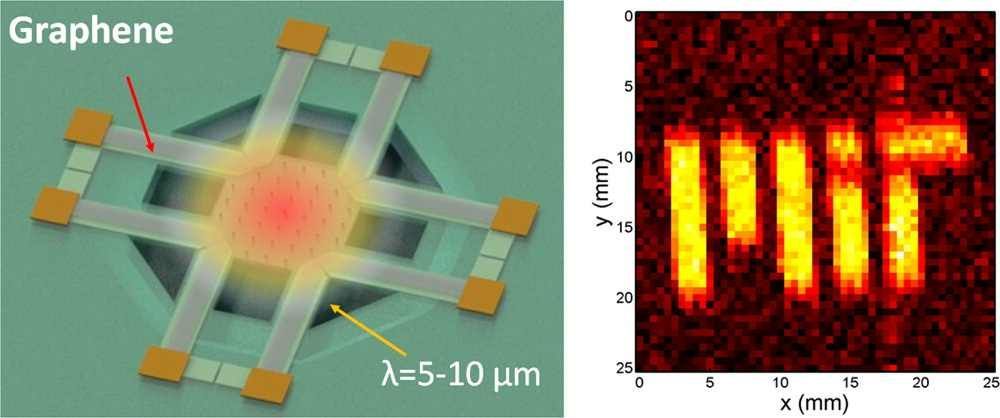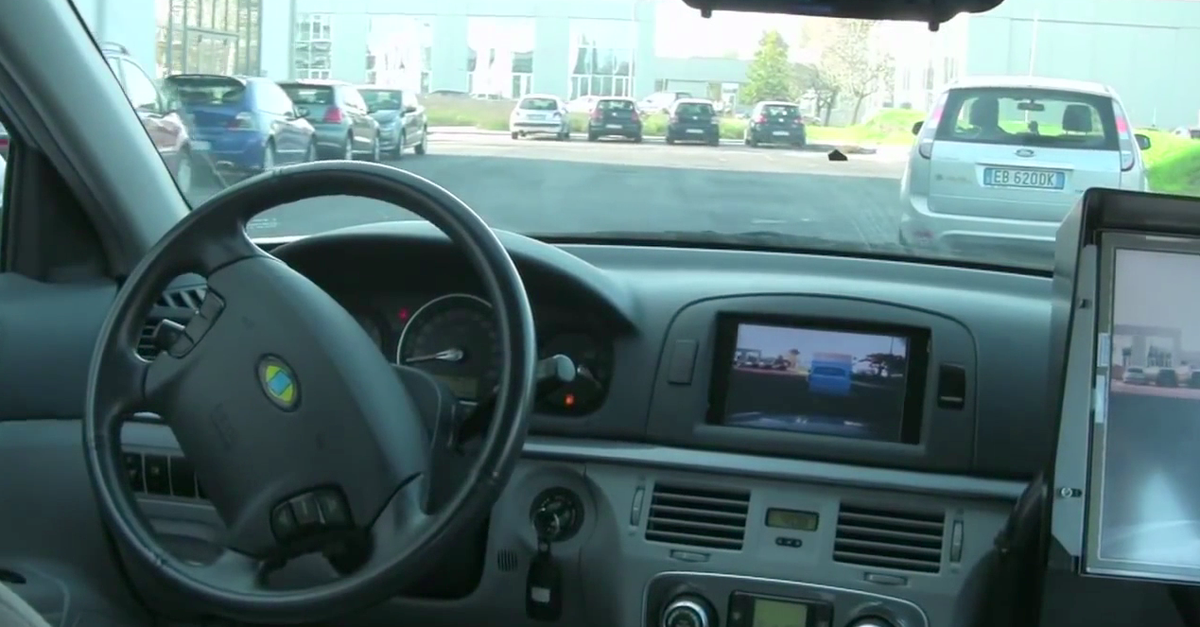
Scientists have proposed a laser model that can could heat materials to temperatures hotter than the centre of the Sun in just 20 quadrillionths of a second. That’s 10 million degrees Celsius almost instantaneously.
The discovery brings us one step closer to the dream of achieving thermonuclear fusion energy — the production of clean, sustainable, and limitless energy using the same process the Sun uses to produce heat.
The challenge in harnessing the energy from thermonuclear fusion is that, as with any form of energy production, you need to get out more than you put in, and heating things to temperatures that rival the centre of the Sun is not easy. Current laser technology has failed to make the heating process efficient enough to make the process worthwhile, but a team from Imperial College London in the UK has come up with a model for a laser than can heat things about 100 times faster than the world’s most powerful fusion experiments.
Read more















